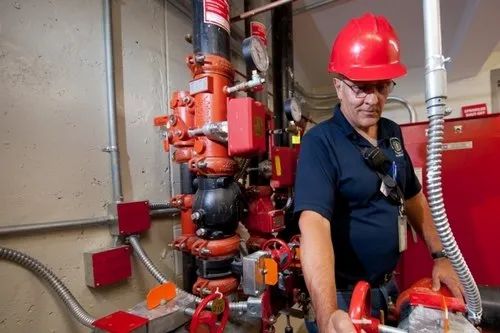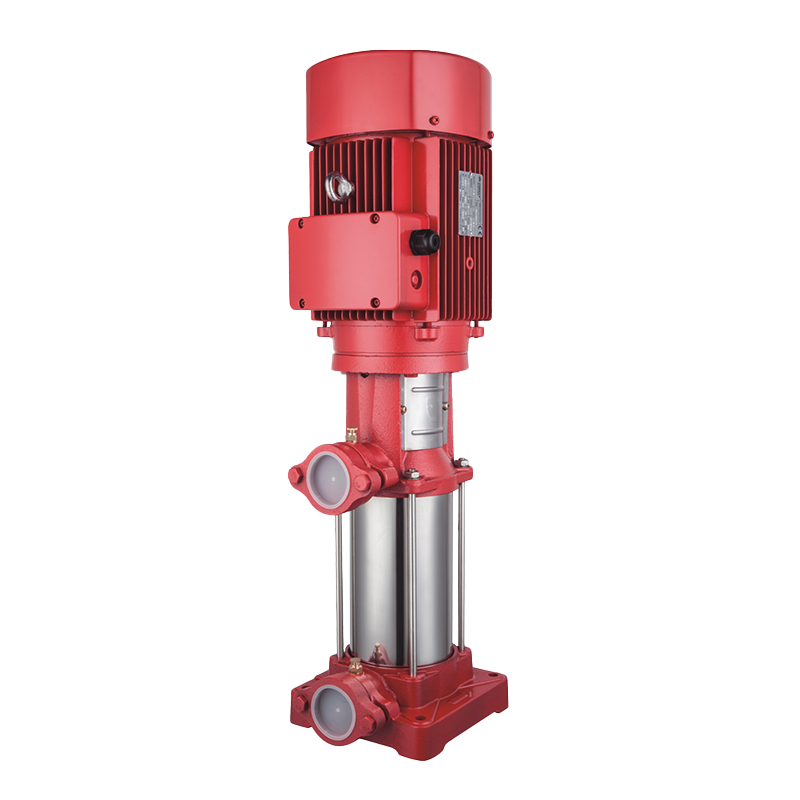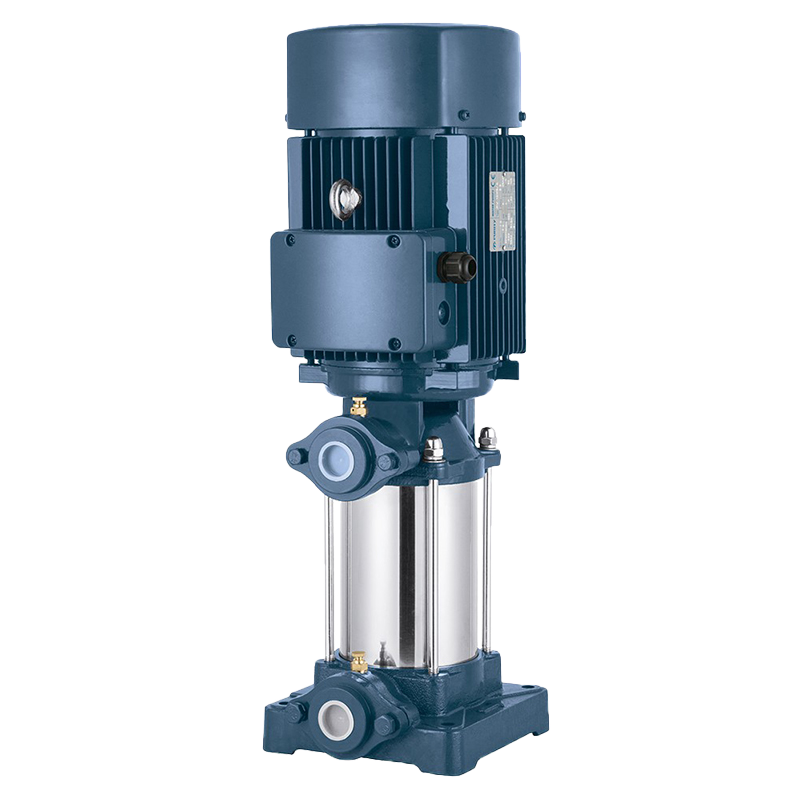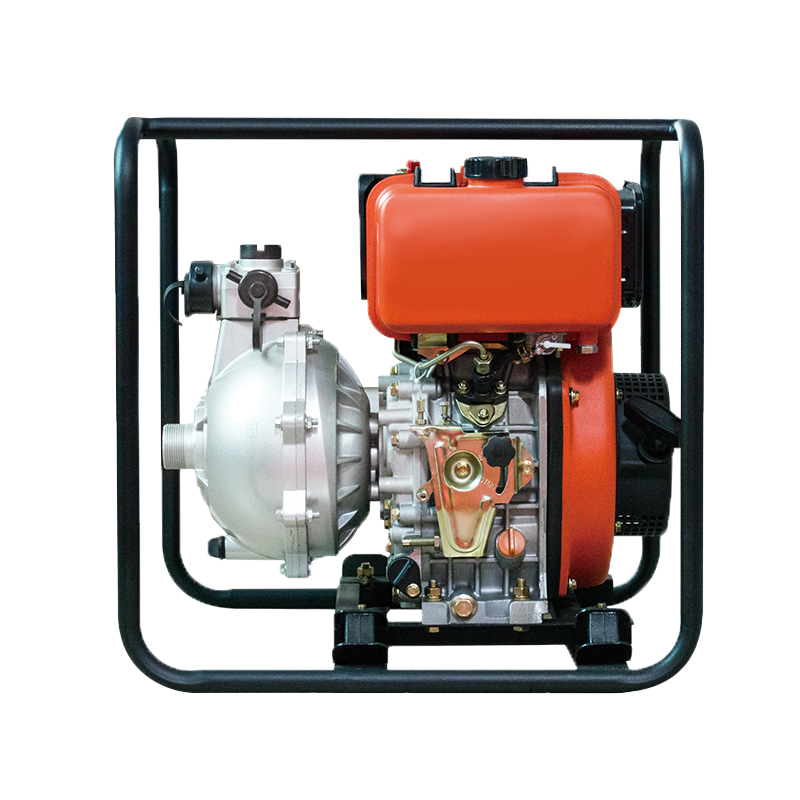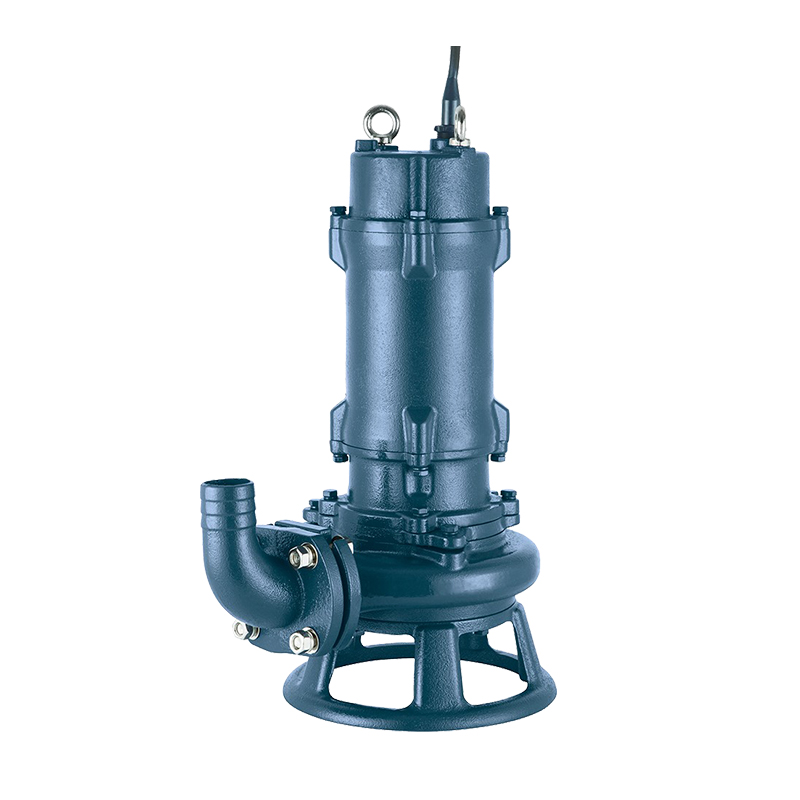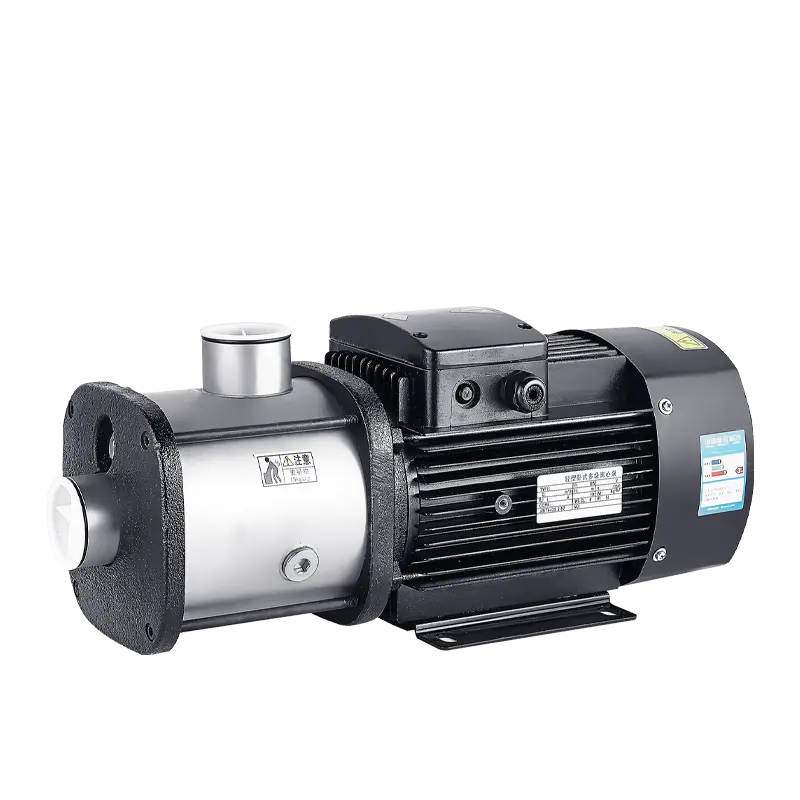Fire Protection Systems: Essential Safety Solutions for Buildings and Industries
Fire protection systems are critical for safeguarding lives, property, and infrastructure from fire hazards. Whether in residential buildings, commercial spaces, or industrial facilities, a well-designed fire protection system can prevent disasters, minimize damage, and ensure compliance with safety regulations.
What Is a Fire Protection System?
A fire protection system consists of integrated devices and measures designed to detect, control, and extinguish fires. These systems can be active (requiring manual or automatic activation) or passive (built into structures to slow fire spread).
Key Components of a Fire Protection System
Fire Detection Systems
Smoke Detectors – Sense smoke particles and trigger alarms.
Heat Detectors – Activate when temperatures rise abnormally.
Flame Detectors – Use infrared or UV sensors to identify flames.
Fire Suppression Systems
Sprinkler Systems – Automatically spray water when heat is detected.
Gas-Based Systems – Use CO₂, FM-200, or inert gases to extinguish fires without water damage.
Foam Systems – Ideal for flammable liquid fires (e.g., oil, fuel).
Fire Alarm Systems
Audible and visual alerts to notify occupants and emergency responders.
Emergency Lighting & Exit Signs
Guide people to safety during power outages.
Fire Extinguishers & Hydrants
Portable or fixed devices for manual firefighting.
Types of Fire Protection Systems
1. Wet Pipe Sprinkler Systems
Most common in commercial buildings.
Pipes are always filled with water for instant response.
2. Dry Pipe Sprinkler Systems
Used in freezing environments.
Pipes contain pressurized air; water releases only when needed.
3. Pre-Action Systems
Requires two triggers (smoke detection + heat) before water release.
Ideal for data centers and museums to prevent accidental discharge.
4. Clean Agent Fire Suppression
Uses chemical agents (e.g., Novec 1230) to extinguish fires without residue.
Best for server rooms, archives, and electrical equipment.
5. Foam Fire Suppression
Effective for fuel and chemical fires (e.g., airports, refineries).
Why Are Fire Protection Systems Important?
Life Safety – Early detection and suppression save lives.
Property Protection – Minimizes fire damage to buildings and assets.
Business Continuity – Reduces downtime after a fire incident.
Insurance Benefits – Lower premiums with certified fire safety systems.
A well-designed fire protection system is a vital investment for any property. From detection to suppression, each component plays a crucial role in preventing fire-related disasters.
 English
English عربى
عربى
 Fire Pump and System
Fire Pump and System Split Case Pump
Split Case Pump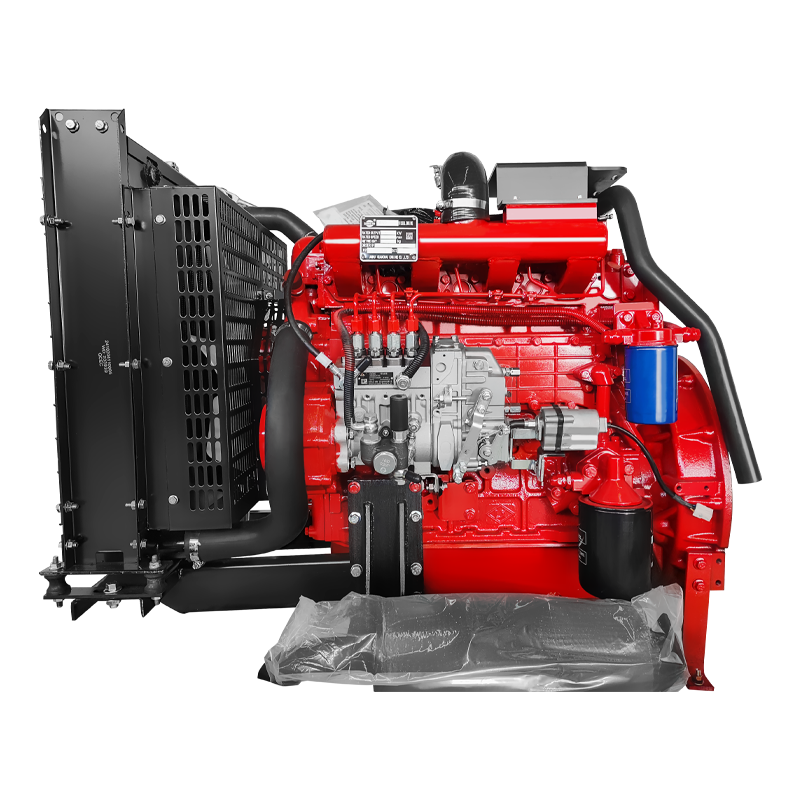 Engine and Pump
Engine and Pump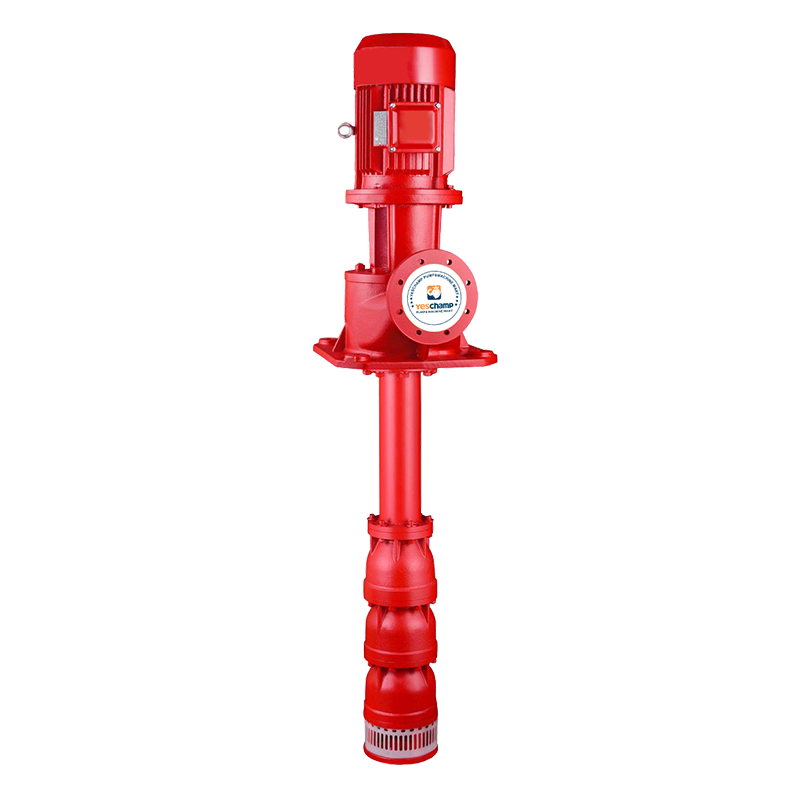 Long Shaft Pump
Long Shaft Pump Multistage pump
Multistage pump Water Supplier System
Water Supplier System Sewage Pump
Sewage Pump Industrial Pump
Industrial Pump Self-Priming Pump
Self-Priming Pump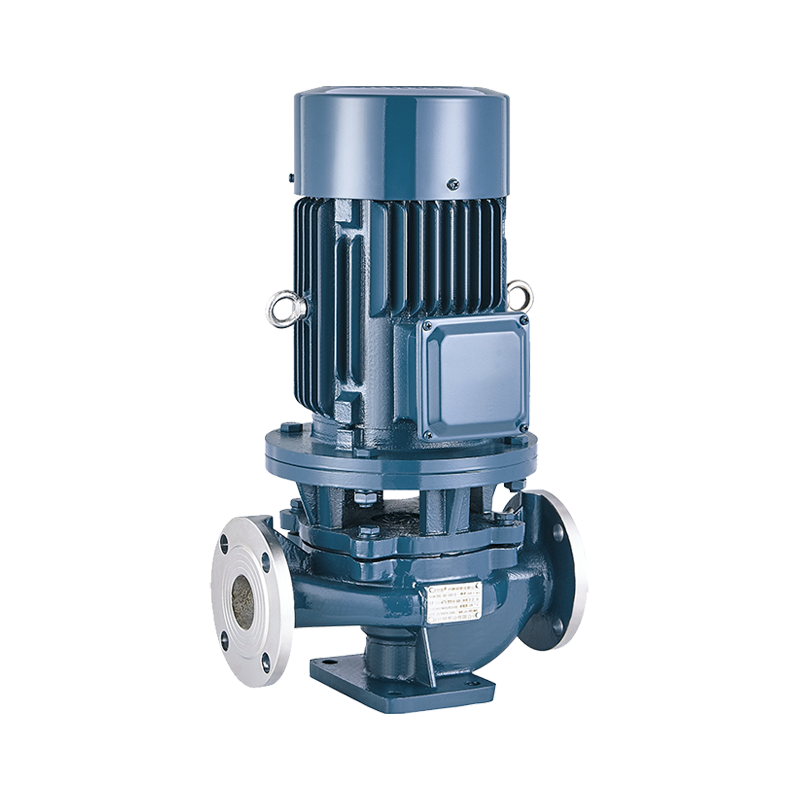 Inline Pump
Inline Pump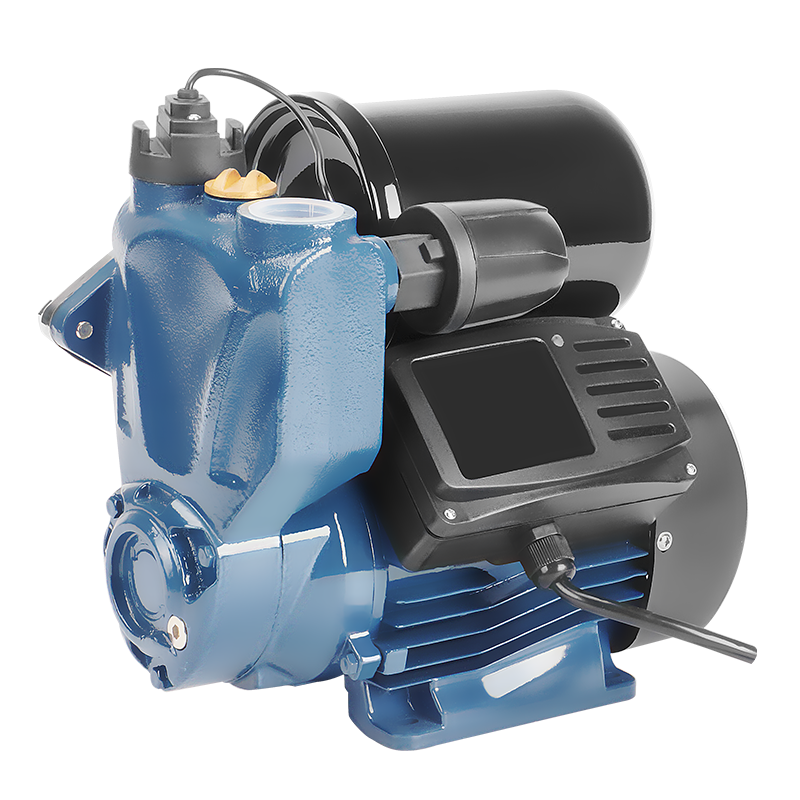 Domestic Pump
Domestic Pump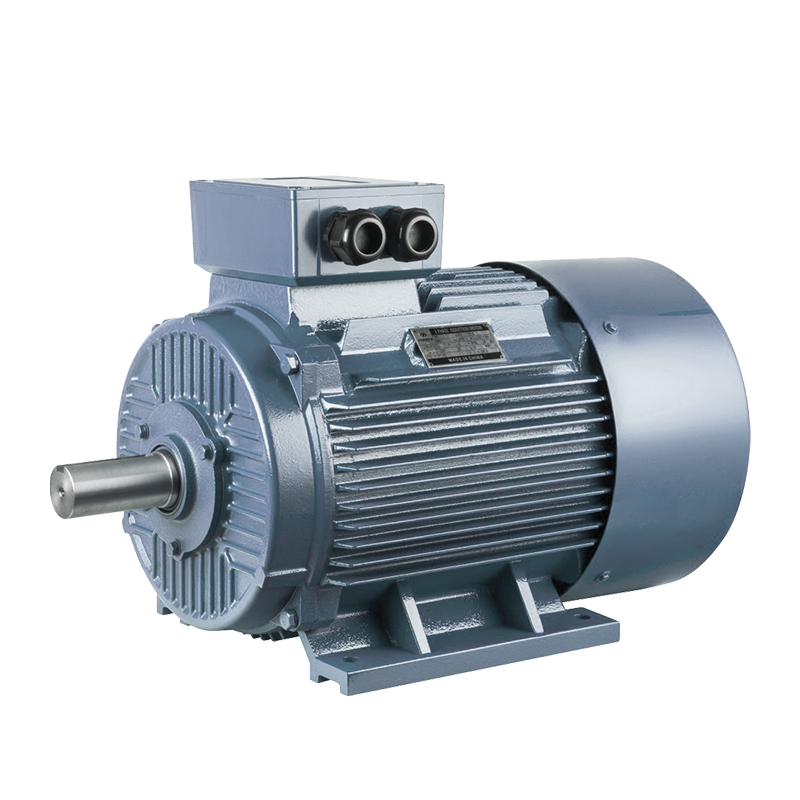 Electric Motor
Electric Motor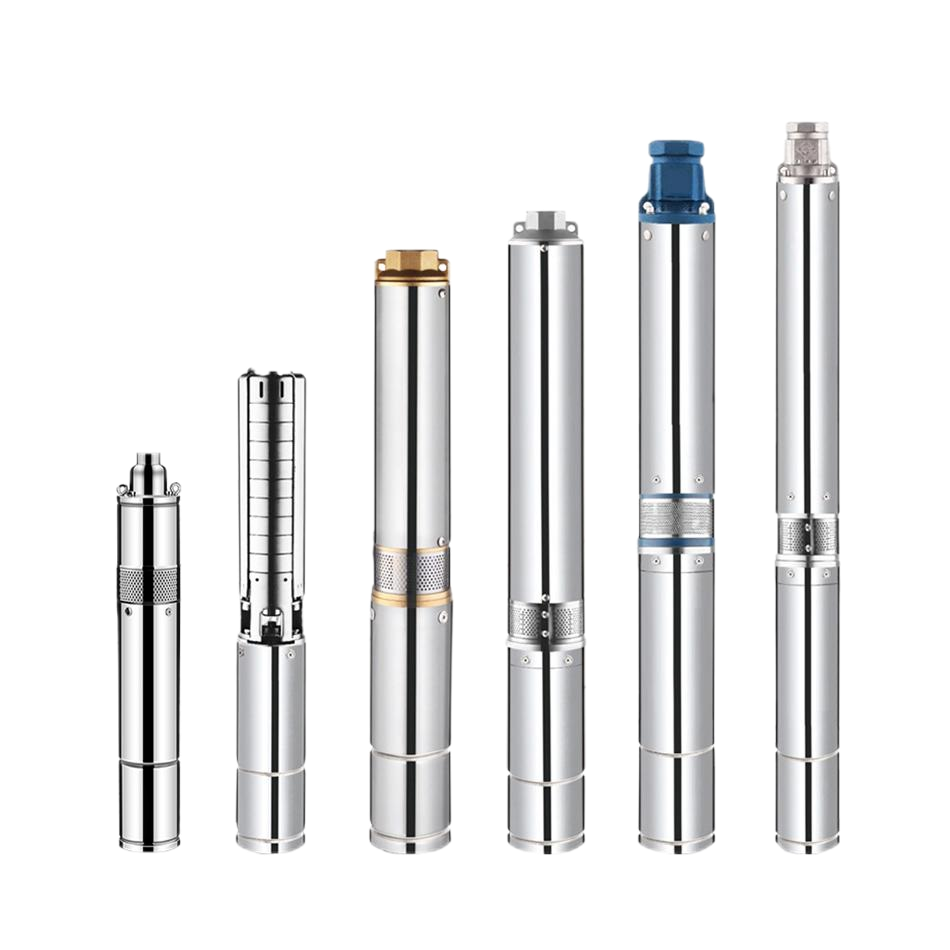 Borehole Pump
Borehole Pump